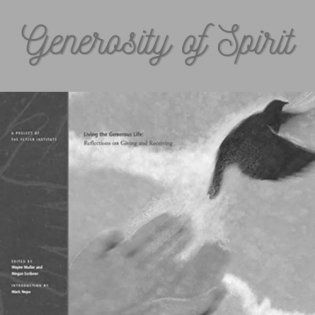Reactions of the Masters
In the featured folktales, we learn the impact of misjudging the character of another, and understand that an evil act does not require a person to return evil with evil.
The learner will:
- identify the historical and geographic settings of folktales.
- identify the message and connections to philanthropy.
Youth access to these folktales (Learning to Give has permission to make these folktales available online to readers):
Discuss what the addition of a pet means to a family and whether or not it changes family dynamics. Can a family pet make others more generous?
- "Beth Gellert." Jacobs, Joseph. Originally published in 1892 in Celtic Fairy Tales.
- "Evil Allures, But Good Endures." Tolstoy, Leo. 1885.
Instructions
Anticipatory Set:
Talk about examples of animal loyalty, especially dogs.
The story "Beth Gellert" is a Welsh folktale. The story "Evil Allures, But Good Endures" is a Russian folktale. On a map, locate Wales and Russia and give their absolute locations (longitude and latitude) and relative locations (general descriptors of where the places are located). Describe Wales and Russia with physical characteristics and human characteristics.
Read "Beth Gellert" together and discuss the message and connection to philanthropy.
- What character traits did Gellert reveal in the story? Why didn’t Prince Llewelyn give Gellert the benefit of the doubt before he made the grave mistake of misjudging his dog?
- When do people forget to give others the benefit of the doubt before misjudging them or their actions?
- Gellert gave two "gifts" to his master. The most obvious one was that he saved the life of the heir. What exactly was the second gift/lesson?
- Prince Llewelyn was grief-stricken over misjudging his dog and killing it. How did he atone for his action?
Read "Evil Allures, But Good Endures" together and discuss the message and connection to philanthropy.
- Assign these characters (slaves, devil, Aleb, master) to each of four groups who list characteristics that describe their character. Encourage them to also make inferences which provide further insight to their characters.
- Discuss what they feel gives the master the ability to hold his anger and act in such a virtuous manner. Do they feel this is a believable conclusion?
Compare/contrast the masters in the two stories using a Venn Diagram.
Philanthropy Framework
-
Strand PHIL.III Philanthropy and the Individual
-
Standard PI 01. Reasons for Individual Philanthropy
-
Benchmark HS.1 Define and give examples of motivations for giving and serving.
-
-
